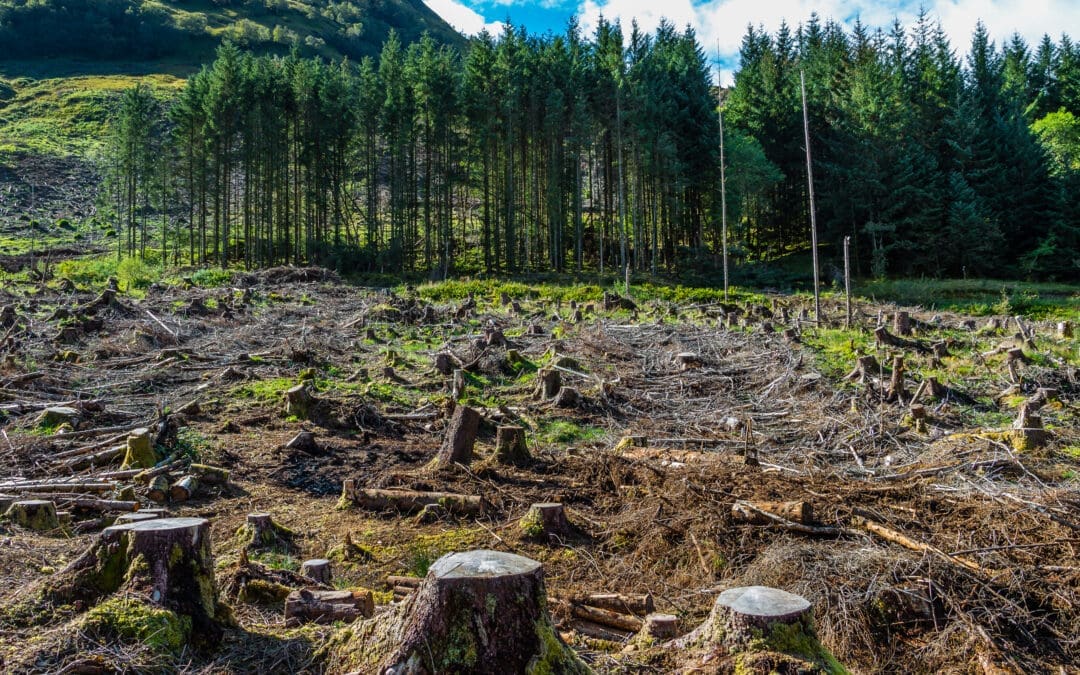Plastic waste has a staggering impact on our environment. Roughly 40% of all produced plastic is for single-use plastic packaging, and 5.25 trillion plastic and microplastic pieces float around in global waters. By 2050, the volume of plastic in the ocean will outweigh fish.
Plastic pollution is a global issue that affects everyone, and no organization wants to be the one who’s responsible for sending single-use plastics into our oceans. Measuring plastics needs to be a specific part of companies’ sustainability approaches—what can be measured and how?
Why It Matters: The Deal with Plastics
Nearly three-fourths of consumers are willing to pay more for products that use sustainable packaging. In fact, almost 60% of consumers surveyed said that they were less likely to buy a heavily packaged product. Many hope that the government will introduce laws that force businesses to produce eco-friendly packaging, which means that greater regulations are coming down the pipeline.
You may not use many plastics in your direct operations, but your suppliers do—especially in retail, where companies often source bags, shoes, and accessories from other countries. After a short first-use cycle, 95% of plastic packaging material value, or $80–120 billion annually, is lost.
That’s a lot! Here’s a rundown of how you can start to take ownership over the plastics in your supplier network:
1. Understand Your Baseline
Before you take steps to reduce plastics within your supply chain, you need to track when, where, and why your suppliers use plastics. This means that you’ll need to ask your suppliers and sub-suppliers specific questions about their plastics usage. How much plastic are they using? What percentage is virgin plastic material? What about recycled, reusable, and compostable content?
As the Ellen MacArthur Foundation noted in its report The Case for Rethinking Plastics, today’s plastics economy is hard to standardize. So how do you ask the right questions?
First, try to avoid confusion within your supplier network. If plastics are difficult for your smaller suppliers to monitor, consider offering training on plastics tracking or asking more straightforward assessment questions.
Remember, the idea here is to get an initial understanding of which suppliers are even aware of the plastics issue, and to measure their plastic usage so you know where the biggest materials reduction opportunities lie.
2. Know What Your Suppliers Can Change
After you’ve received your data, take a step back to contemplate what’s next. After all, it may not be realistic to ask your suppliers to eliminate all plastics. Start by cutting back on single-use and virgin plastics.
Plastic alternatives are gaining traction in the consumer packaged goods industry and can make for good virgin plastic replacements. Biodegradable plastics, sustainable paper, and fiber-based materials are all great options to explore.
For example, Danone, Unilever, and Coca-Cola took steps to adopt rPET (recycled polyethylene terephthalate) packaging. Trader Joe’s evaluated its packaging and replaced single-use plastic bags in its checkout lines, reduced its use of Styrofoam trays, and started selling fruits and vegetables outside of plastic bags.
Organizations may need to lend expertise and support to smaller suppliers. When driven by strategic support, all tiers of your supply chain can slowly shift their systems to phase out single-use plastics—bit by bit.
But, it’s okay to dream big. A year after the launch of its Responsible Packaging Movement (RPM), premium apparel brand prAna announced that it had successfully removed all plastics from its supply chain, inspiring industry-wide change in responsible packaging.
Another great example is Flipkart, who worked with the 70 facilities in its supply chain to eliminate all single-use plastic packaging. Now they’re using materials like carton waste shreds and recycled paper bags and are even engaging their seller partners, educating them to move towards alternative materials.
That’s the power of articulating a vision and sticking to it.
3. Commit to Something Greater
Once you’ve set achievable goals for your project, it’s time to act. The good news is that you’re not alone. Already, Coca-Cola, PepsiCo, and Unilever have signed on to make plastic packaging 100% recyclable or compostable by 2025—and the push for a circular economy is now global. The United Nations, national governments, and local nonprofits support your mission and can help you make and uphold sustainable commitments.
For example, the Ellen MacArthur Foundation and the UN Environmental Program (UNEP) jointly run The New Plastics Economy Global Commitment, a pledge that helps you get on board with a cause larger than your own. Companies who sign on take three actions:
- Eliminate problematic and unnecessary plastic items, such as single-use bags.
- Innovate to ensure that the plastics we do need are reusable, recyclable, or compostable.
- Circulate all the plastic items we use to keep them in the economy and out of the environment.
Although these are broad action areas, they give companies the freedom to take on their unique issues. The key to success is addressing the issue at the source, which of course starts with the supply chain. By evaluating your supply chain and discovering how plastics are used in your production process, you can take the actions needed to fulfill initiatives like the New Plastics Economy.
To mitigate risk, now’s the best time to start. So, when you evaluate your sustainability goals, consider your network’s impact. With the proper effort, we can reinvent single-use plastics. And as a result, we can build better supply chains—for people and the planet.



